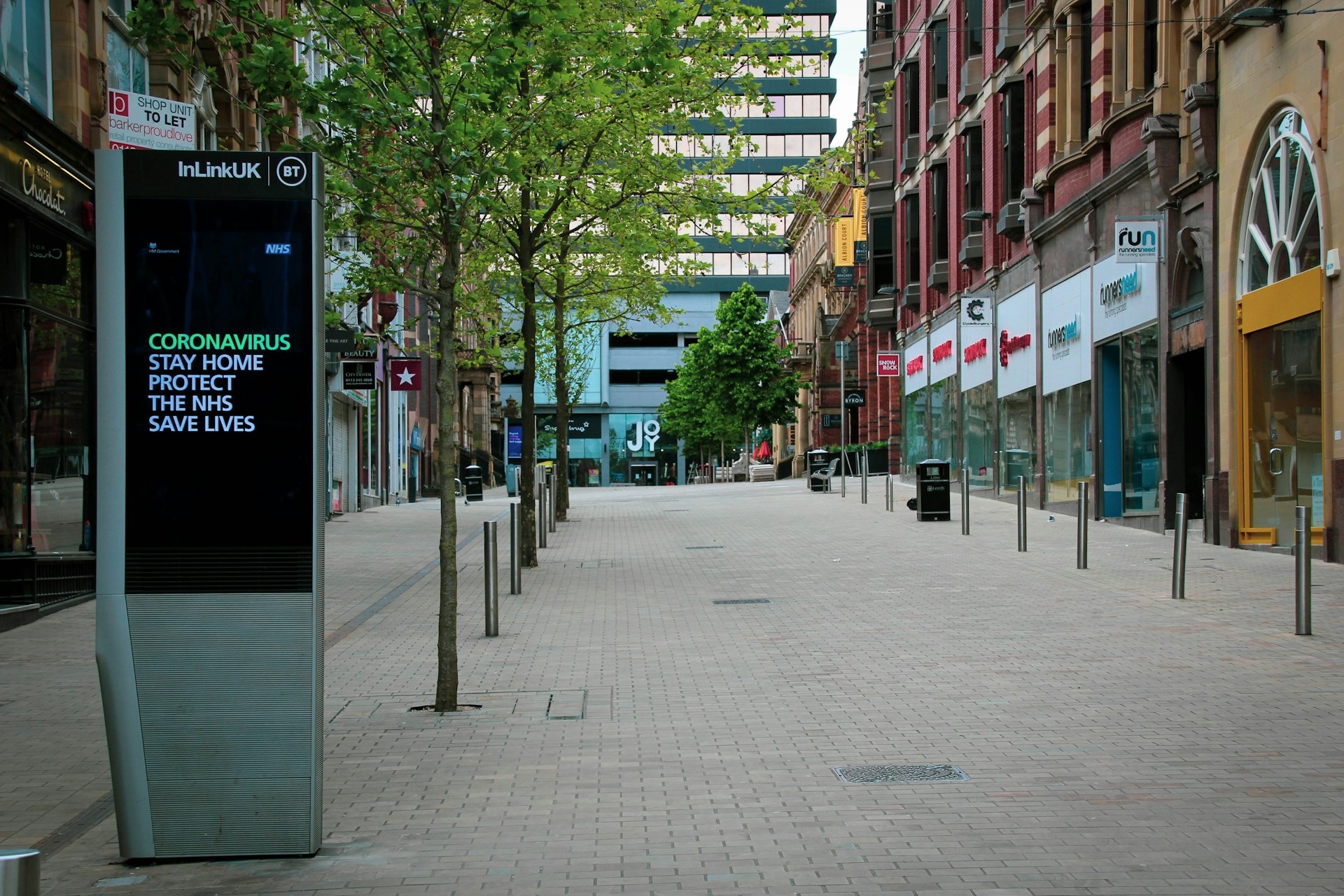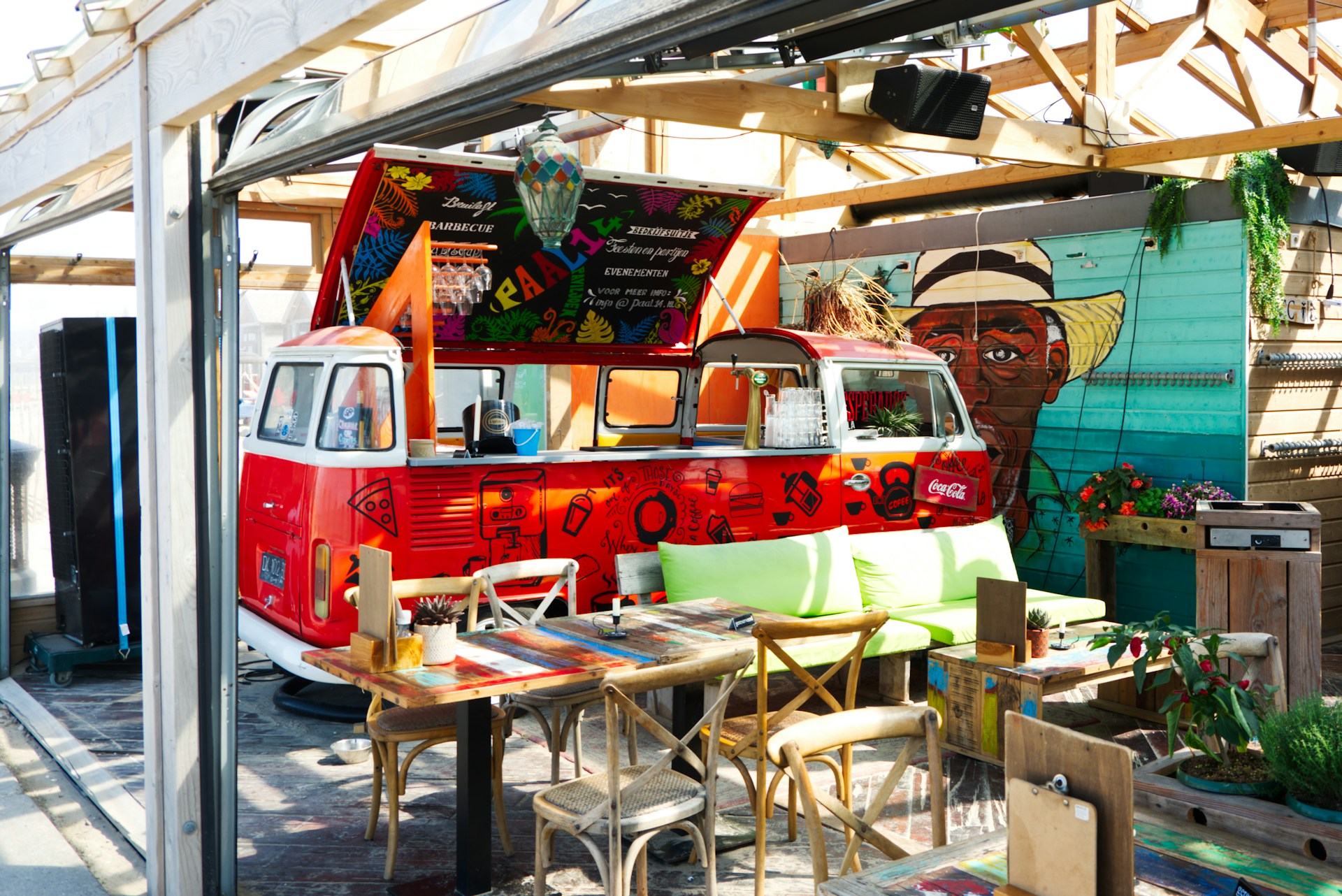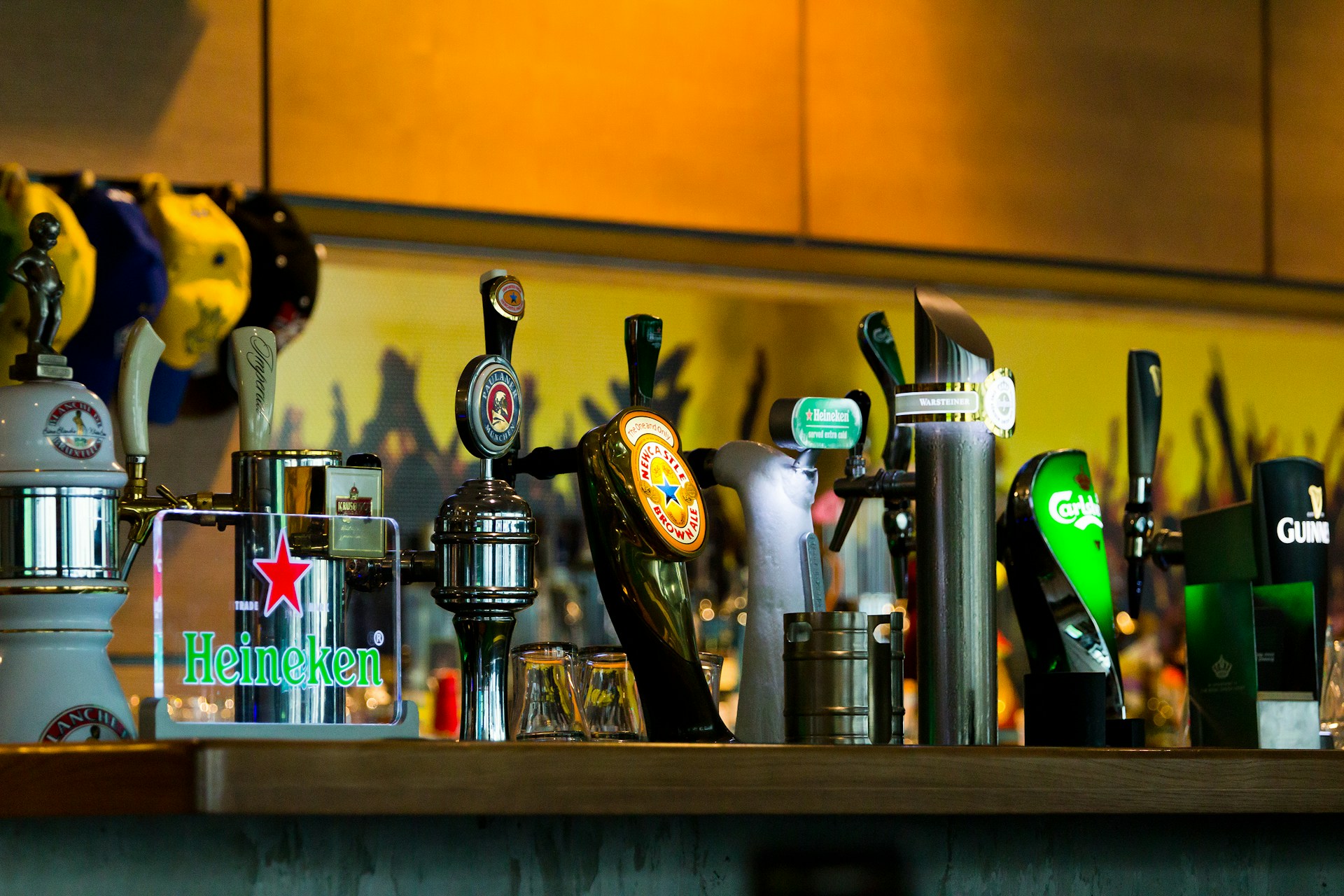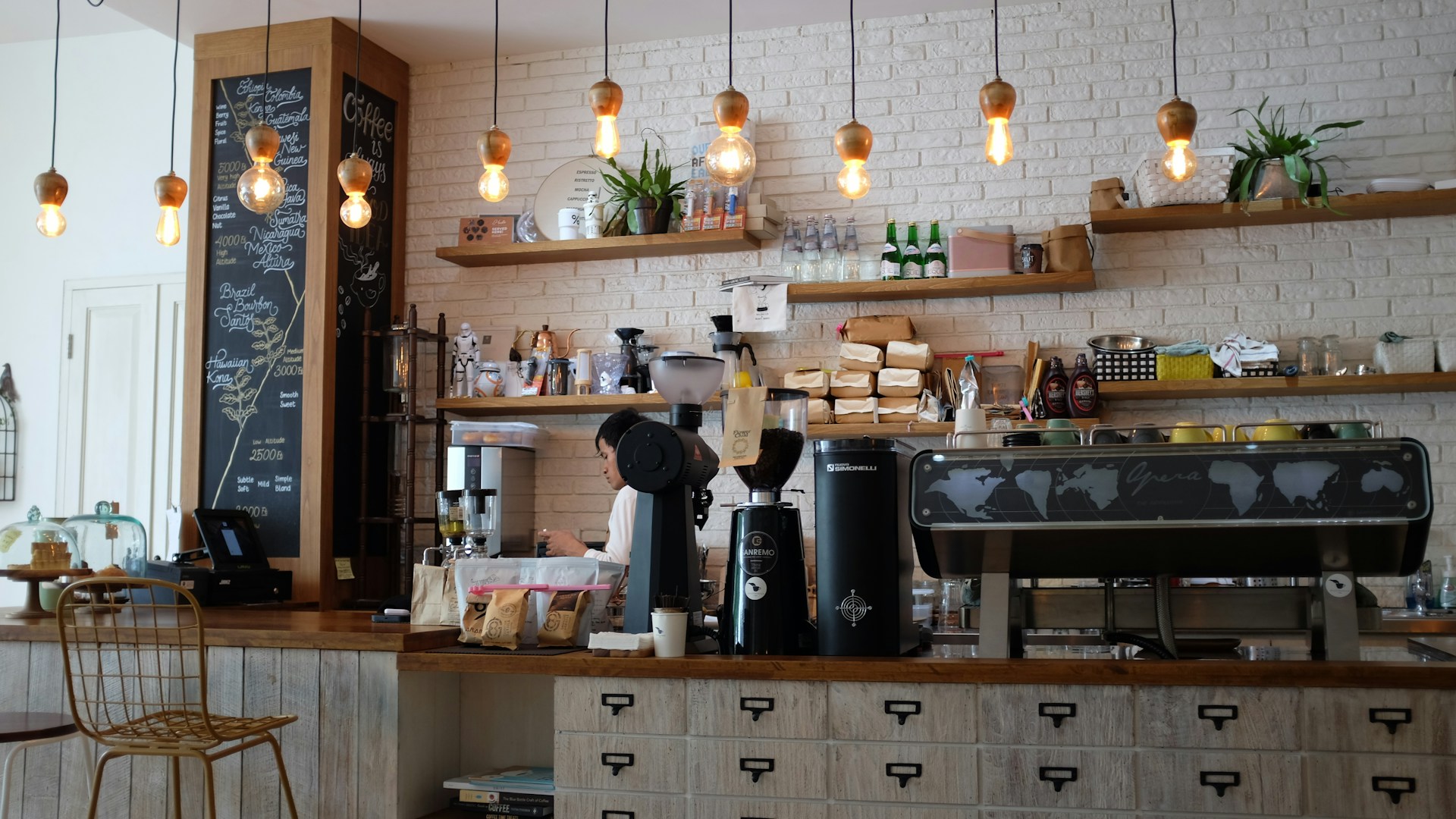“You can’t smell food through your phone …yet.”
Was the opening line of a podcast I listened to the other week. And if, for a moment, you thought I spent my free time listening to shrewd predictions on future collaborations between our technology and sustenance…well it seems like you might be right?
The line in question was from my new favourite podcast, the Screen Rot Podcast. A podcast that prides itself on recounting the weekly “Screen Rot,” a colloquial name assigned to periods of intense screen time at the sake of a) one’s brain, and b) participating in the physical world.

This screen rot and our ever-shortening attention spans are changing our consumption of art and culture. Take the latest trend of young people watching films in 43 different bitesize chunks rather than the whole thing at once. Or the growing pressure on musicians to “TikTok optimise” their music : the practice of making sure each single has a 10-15 second sound bite designed to go viral on social media. Because heaven forbid we could listen to a whole three minutes of music in one go.
Food, like other creative practices, is also undergoing a shift in how it is consumed, both digitally and physically.
It all started with Covid. If lockdowns afforded us anything, it was time. And what better activity to dedicate your time to than one of the few things that remained consistent – eating! Whether it was watching the meteoric rise of controversial chef Thomas Straker experiment with all forms of butter. Or trialling banana bread, sourdough and home-made gin recipes. Or perhaps most crucially, time spent longing to be back in those beloved restaurants, pubs and cafes.

And now that we can eat out, our behaviour has changed. Lucas Oakely, senior content editor at the fast- growing food platform Mob, has observed that young people, disillusioned with the idea they may never be able to save for a house, facing into an uncertain future and the spectre of global warming, are happy to throw caution to the wind and spend their time and money enjoying the good things in life.
Over the last four to five years, food as a cultural institution, especially with the under 30s has exploded in popularity. From the rise of “supper clubs,” one-off, often specifically aestheticised, dinners hosted by chefs or home cooks in new and unique settings. To Topjaw’s seemingly never-ending quest for the “best / worst / overrated or hidden spot (as they call it). All the way to pop culture’s recent obsession with the “hot chef”, the name given to the softer, more emotionally-aware chefs that are beginning to crop up more-and-more on our big and small screens.

Naturally, this new wave of food culture and content has an effect on our local restaurants, pubs and cafes.
For starters, the emergence of incredibly popular food influencers and platforms can be exclusionary. Channels such as TopJaw , although popular, tend to promote restaurants of a certain aesthetic, and thus, those restaurants who don’t satisfy their chosen criteria run the risk of being left behind.
Modern restaurants are at the mercy of the influencer lottery. The chosen few who win approval reap the rewards brought by thousands of followers and footfall through the doors. An idea that Jesse Burgess, TopJaw’s frontman, unironically boasts about, when referring to the fact The Devonshire, a pub featured heavily on the channel, sells more in a night than what most “good pubs sell in a month.”

The emergence of social media in the restaurant world has in some eyes created a growing phenomenon of sameness within the hospitality industry. Termed by Kyle Chayka as the “tyranny of the algorithm,” he describes the idea that in the context of global social media feeds, consumers’ aesthetic preferences tend to homogenise, as they are all simultaneously seeing and reacting to the same “it” bars and cafes around the world. In turn, hospitality owners must either conform to the flavour of the month thereby losing the originality of business, or face a drop in sales.
The effectiveness of organic social media content is declining for local businesses. In other words, it’s a lot harder to shout about your restaurant free of charge these days. So, social media, at least in the context we know it today, isn’t working as well as it should do for local business.

So what’s the solution? Well, word of mouth alone is no longer a proven marketing strategy for food venues. Dining out remains a largely local activity, and the technology that’s in place should support this locality. Whether it’s giving restaurants the ability to list their upcoming events, a platform to shout about special dishes, or providing interactive tools to help residents explore upcoming food festivals. All the while making sure that this information is received locally, free of charge and without the requirement for Jamie Oliver’s content team.
Technology has been great for the food world. It has brought flavours and recipes from around the world into people’s weeknight meals, given inspiration for unique and exciting supper clubs, and for some, given them a new figure to pine for when watching TV.
By the end of this century, maybe even decade, we will really be able to smell our food through our phones, or our smart goggles, or the microchip inside our heads. But let’s just hope the food you’re smelling remains local.